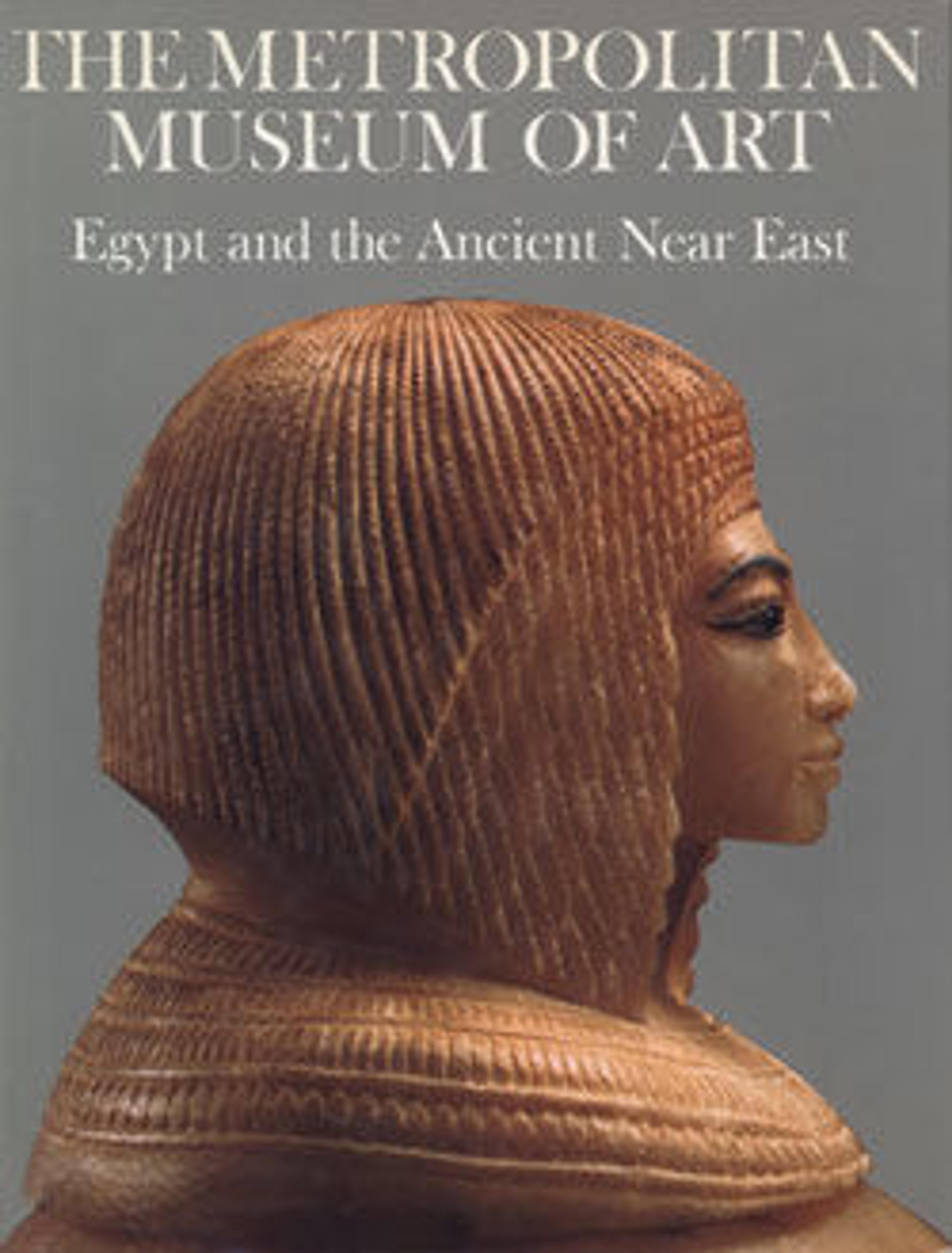
The Metropolitan Museum of Art. Vol. 1, Egypt and the Ancient Near East
The long-vanished civilizations of Egypt and the Near East have been a source of fascination since earliest times. While these cultures were still thriving, travelers brought back to Europe tales of rich and exotic lands in Africa and Asia. In the centuries that followed, fact and fancy created elaborate myths about the cities and monuments that lay buried in the deserts. Only in the nineteenth century, at the height of European colonialism, did science begin to replace romance, allowing the study and preservation of ancient artifacts to be undertaken seriously. Almost from the beginning, the great museums in the West played an essential role in rediscovering and studying these ancient cultures. Expeditions organized in Europe and the United States replaced the haphazard collecting of earlier times with planned scientific excavation and preservation. The reports of the discoveries made on these expeditions, no less than the recovered objects themselves, were eagerly awaited by a public newly awakened to the thrill of exploration.
Among the most active of these new explorers was The Metropolitan Museum of Art in New York. Beginning in 1910 and lasting until 1936, the Museum dug first at Lisht and the Kharga Oasis and then at Thebes, the richest archaeological area in Egypt. In the Near East the Museum mounted and supported excavations in Iran, Iraq, Jordan, Syria, and Turkey. A century of purchases and gifts has added to the objects discovered during the Museum's own expeditions, making the collections of The Metropolitan Museum among the finest in the world. Egypt and the Ancient Near East presents almost 125 color-plates of some of the most important and beautiful objects from these cultures, all from the collections of The Metropolitan Museum. Many of these pieces are shown with enlarged details or multiple views so that readers can examine these works as closely as they might in the Museum itself. The range of objects, which span some 3000 years, gives a vivid picture of the wealth, power, and consummate taste of the rulers and of the skill of their artisans. Monumental panels recovered from Babylon, silver vessels from Anatolia, and a bronze head from Mesopotamia, for example, attest to the splendor of the Near Eastern empires and to their vigorous artistic production. Reliefs and monumental statuary from the earliest periods of Egyptian history to the Roman conquest record the faces of kings and their courtiers, and the gold jewelry recovered from pharaonic tombs reveals the great wealth and fine artistry at the command of these rulers. Models of a servant and a shio, both buried to ensure that their owner would enjoy a rich afterlife, and fragments of a farmer's letters to his family give us a glimpse of what daily life must have been like in this complex society.
Introductions contributed by the curators of the Metropolitan Museum's Egyptian and Ancient Near Eastern Departments examine the history of these cultures, while the individual essays that accompany each object point out their significance and their place in the cultural life of the ancient world. Maps and a comparative time chart locate the important sites and indicate the relative time spans of the many disparate cultures that flourished before the advent of Christ and Islam.
Met Art in Publication
Citation
Dorman, Peter F., Prudence Oliver Harper, and Holly Pittman. 1987. Egypt and the Ancient Near East. New York: The Metropolitan museum of art.